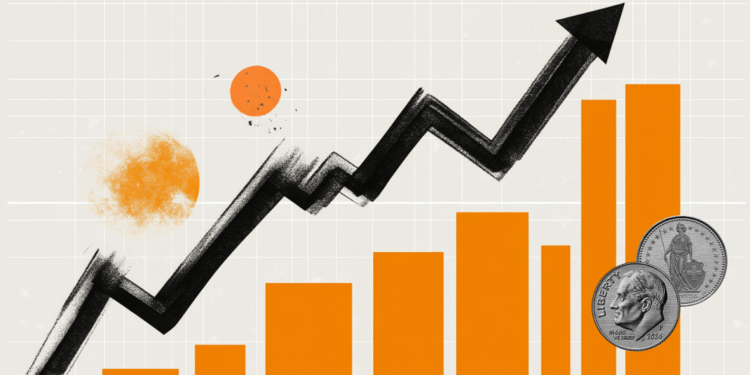Elderly people who play tennis are able to react to stimuli as quickly as sedentary young people. The benefits of the practice, according to a study by the Human Motricity Laboratory at the Pontifical Catholic University of Paraná (PUCPR), shows that sport also improves posture and muscle tone.
To reach the resultsresearchers compared a group of volunteers with an average age of 23 who had not practiced regular physical activity for more than a year with people over 65 who had played tennis for more than two years, three times a week, for at least one time.
Everyone was subjected to light impulses controlled by means of a strap placed on the hip that caused the person to lose balance. With the help of a force platform and electrodes, the researchers measured how many thousandths of a second the muscles took to react, how much their body moved and at what speed.
With these data, it was possible to determine whether the individual regained balance through a reflex action, that is, one that is not conscious at first and in which the nervous system generates a pattern called automatic, or voluntary, postural response, which takes longer to happen, because first he needs to realize that something is wrong and then think about what to do.
The analysis made it clear that elderly tennis players had the same response time as young people, which means that they all reacted to balance disturbances in less than 200 milliseconds, characterizing an automatic reaction.
“We did not compare elderly practitioners with non-practitioners, as it would be clear that practitioners would be better, but we compared them with sedentary young people to analyze whether the tennis players would maintain their automatic postural response from their youth, and the response was positive”, says Eduardo Mendonça Scheeren , professor of the Postgraduate Program in Health Technology at PUCPR and study coordinator.
According to Scheeren, this happens because volunteers who are fans of the sport train the imbalance so many times during exercise that they end up compensating for the natural physiological decline over the years with an increase in muscle tone. “When we compared the magnitude of muscle contraction, we observed that elderly people contracted their postural muscles more intensely than young people thanks to an adaptation developed by their body to maintain balance, and that is why they were able to react so well to instability”, explains.
Furthermore, tennis makes the player’s focus on the ball, and not on balance, keeping the automatic postural response system active at all times. And this is especially important at this stage of life. “With the delay in reacting to the body falling due to the acceleration of gravity, even if the person manages to take a step to regain balance, the impact is already quite high, so there is no strength to keep the leg steady”, explains Scheeren.
This sport can also be beneficial for the elderly by improving postural control and stability. “These skills are essential for preventing falls, as [o tênis] involves a lot of lateral, forward and backward movements, and this results in adapted postural responses that can improve stability”, adds physical education professional Brendo Faria Martins, specialist in exercise physiology at the Einstein Sports and Rehabilitation Space, at the Hospital Israeli Albert Einstein.
But, to truly obtain the benefits of tennis, it is important to maintain a regular practice, with at least two sessions per week. “And, as with any exercise program for the elderly, it is important that it is adapted to individual capabilities and health conditions”, emphasizes Martins.
It is recommended that people with joint, musculoskeletal or cardiovascular problems consult a healthcare professional before starting to play. “The sport can cause injuries to the elbows, shoulders and hips. And it is important to be clear that pain is always an indication that something is not right and that it is important to consult a specialist”, adds Scheeren. Monitoring a qualified physical education professional minimizes the risk of getting injured.
Pilates or weight training for the elderly? Experts analyze the best option
This content was originally published in Elderly people who play tennis are as agile as young people, reveals a study on the CNN Brasil website.
Source: CNN Brasil
I am an experienced journalist and writer with a career in the news industry. My focus is on covering Top News stories for World Stock Market, where I provide comprehensive analysis and commentary on markets around the world. I have expertise in writing both long-form articles and shorter pieces that deliver timely, relevant updates to readers.





